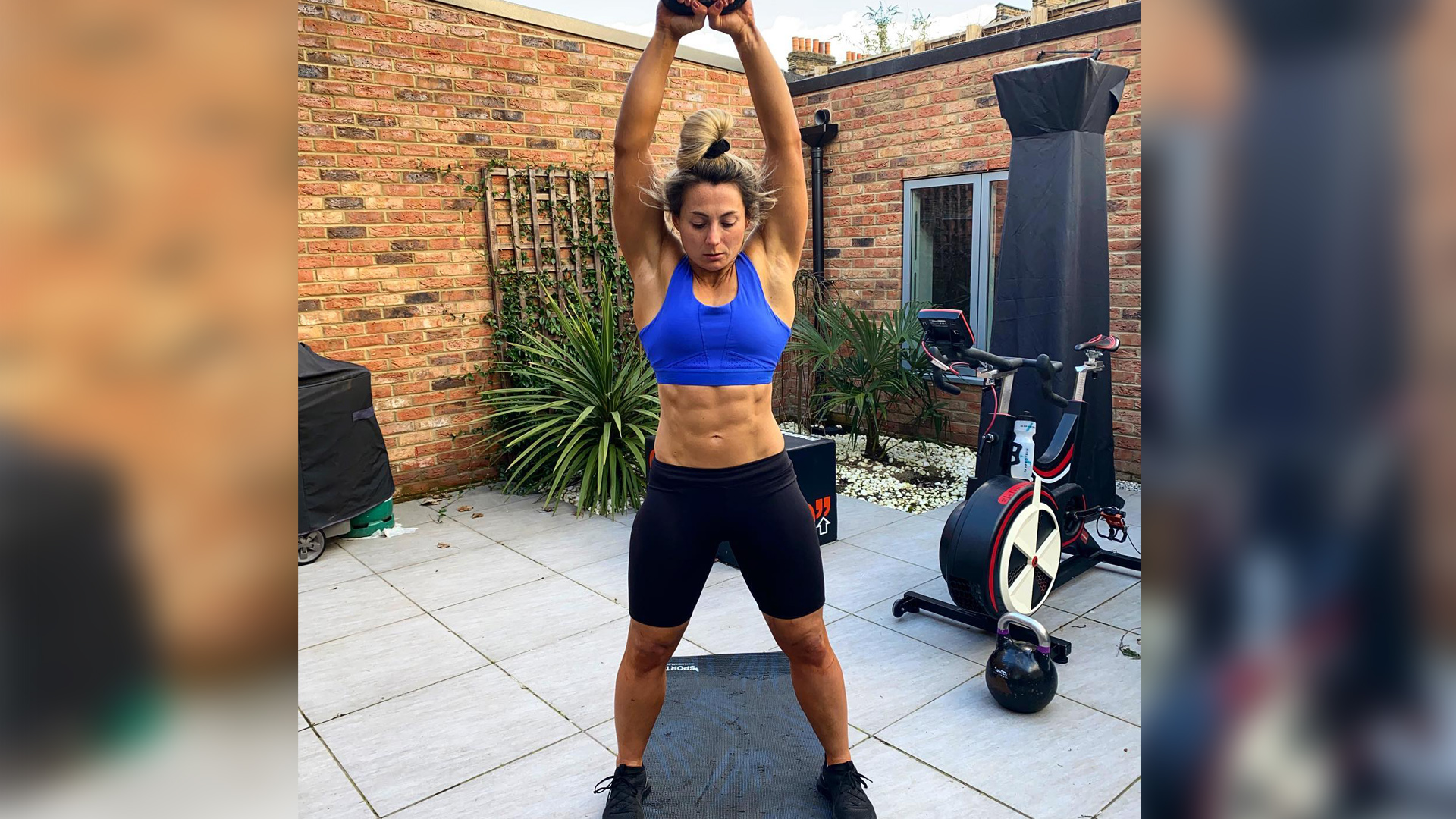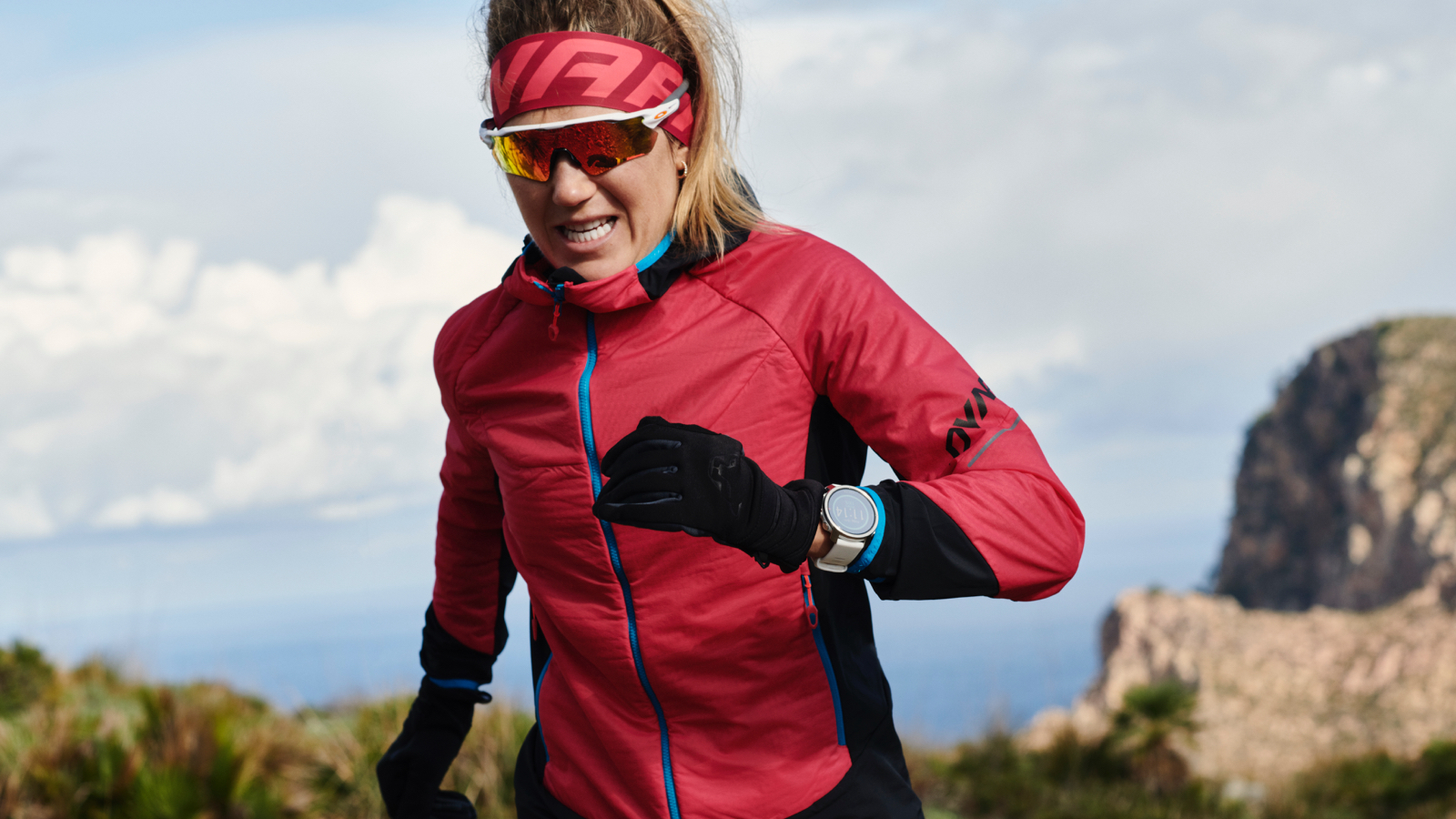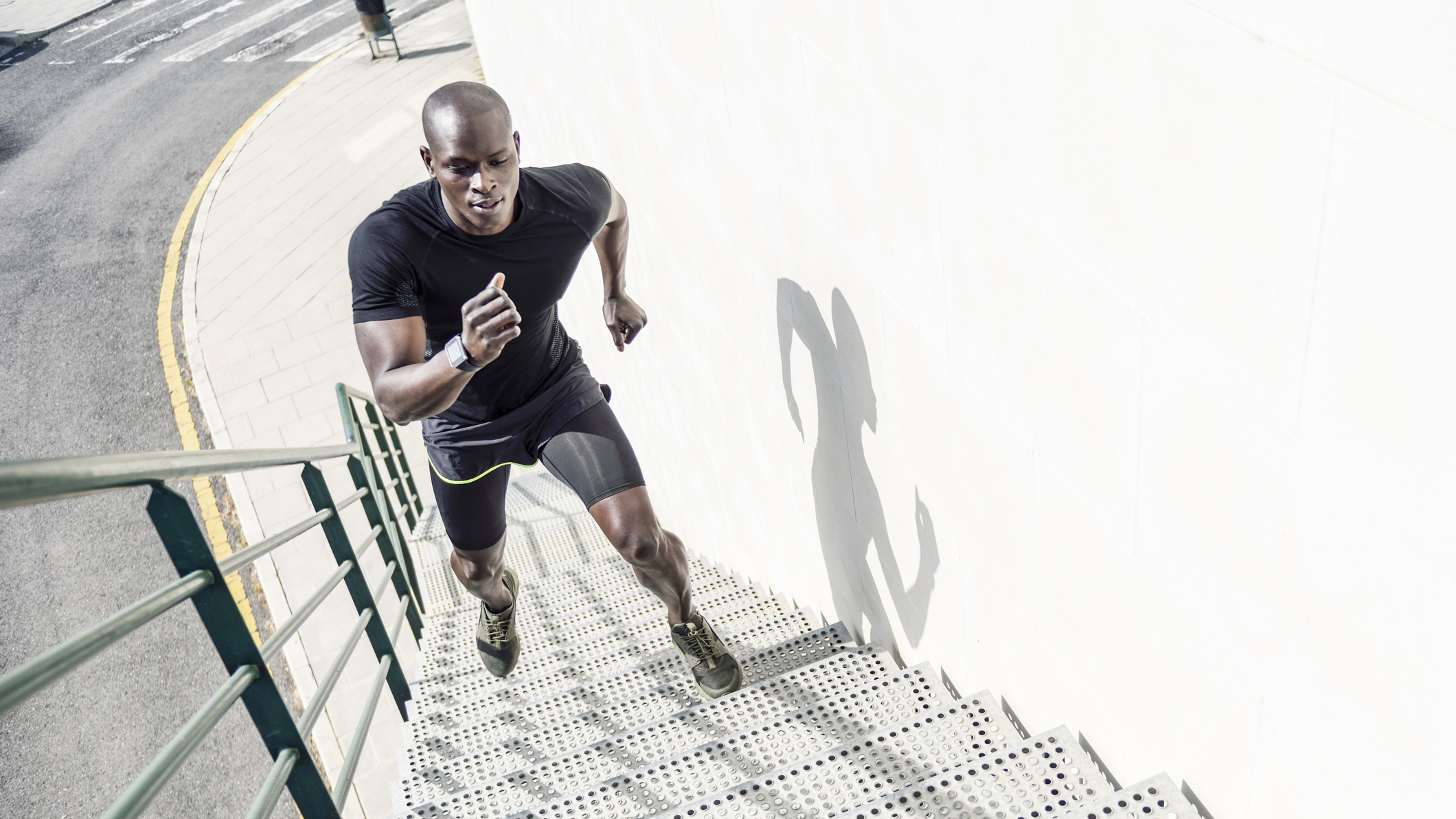Power walk! How to turn your daily stroll into a calorie-frying workout
Joanna Dase of Curves shares 7 smart strategies to help you take steps towards greater fitness


Walking has been hugely popular during lockdown, whether it's long walks for physical and mental health, short walks to the shops, or pacing up and down indoors while chewing our finger nails. Many people are keen to stick to this healthy new walking regime as we return to something resembling normality. But now you've joined the perambulation nation, are you ready to step up your walking?
Joanna Dase, a fitness guru at Curves, kindly sent us seven great ways to get more fitness benefits out of your strolling; one for every day of the week. After all, working out regularly is great, but working out regularly and with some variety to keep you interested and test yourself more is even better.
The number of calories you burn when walking depends on speed, distance, weight, and the area you’re walking on – ie: hills or flat surfaces. Walking is a great, low-impact way to keep your body moving and can aid weight loss for those who can’t tolerate vigorous workouts. You can turn a casual wander into a fitness challenge by factors such as having the correct posture and bracing your core.
Here are Joanna's top trotting tips, then. For even more health advice, why not take a look at Curves, a coached programme of strength training, cardio and stretching. Curves is designed by and for women but everyone can take advantage of these better walking tips. Step to it.
1. Brace your core

Now that is a braced core
When you’re walking, engage your muscles by bracing your abdominals and keeping your arms swinging. Mirror the actions you would do on a cross trainer to create an energetic rhythm. By bracing your core, you will burn more calories as the action increases your heart rate by around five beats per minute.
2. Choose a hilly route

To make a change from ground level, walk uphill. Find a route which includes a higher elevation, this will increase the resistance and challenges your cardiovascular system. Whilst downhill might feel like an easy task, it does provide your body with benefits. Downhill walking trains your body in deceleration and makes use of different muscles and joints. As people age, downhill walking is important to maintain as it can condition you to prevent falls.
3. Use your arms

Adding arm movements to your walks can increase calorie burn and intensity. Swing your arms in an exaggerated manner to power walk; the impact will benefit the whole body. For an added push, bend your elbows 90 degrees and pump them as you stride. This helps to speed your pace, and also burns up to 15% more calories.
Get all the latest news, reviews, deals and buying guides on gorgeous tech, home and active products from the T3 experts
4. Use stairs

Walking up and down steps provides a challenge compared to walking on flat surfaces. This is because it requires different muscle groups, and ones which you don’t use often. Using the stairs can almost double your calorie burn. If your walk doesn’t include steps, incorporate the use of stairs in your home before you set off – this is also a perfect warm-up technique.
5. Keep the correct posture
Ensure your body is walking tall and not slouched. The correct posture will help you to avoid post walk aches and injuries. A simple trick is to stand with your heels and head against a wall before you set off and try to maintain that position on your walk. This will engage your core and help boost your metabolism. When you arrive at a crossing, take a deep breath, and stretch your spine to help maintain the correct posture for the duration of the walk.
6. Pick up the pace

If you find yourself strolling at the same pace, adding energetic music or walking with a faster paced friend could be the ideal motivator. Matching your steps to a beat of a song will turn your steps short but powerful. Walking faster boosts calorie burn by increasing your heart rate and producing sweat.
7. Integrate intervals

Adding intervals will help to power up your workout. Change the intensity by adding a few bursts of faster walking in between a normal pace. After a warmup, complete 40 seconds of fast power walking followed by 2 minutes of normal pace walking. Continue this routine for the duration, adding in arm movements to the power walking when needed.

Duncan is the former lifestyle editor of T3 and has been writing about tech for almost 15 years. He has covered everything from smartphones to headphones, TV to AC and air fryers to the movies of James Bond and obscure anime. His current brief is everything to do with the home and kitchen, which is good because he is an excellent cook, if he says so himself. He also covers cycling and ebikes – like over-using italics, this is another passion of his. In his long and varied lifestyle-tech career he is one of the few people to have been a fitness editor despite being unfit and a cars editor for not one but two websites, despite being unable to drive. He also has about 400 vacuum cleaners, and is possibly the UK's leading expert on cordless vacuum cleaners, despite being decidedly messy. A cricket fan for over 30 years, he also recently become T3's cricket editor, writing about how to stream obscure T20 tournaments, and turning out some typically no-nonsense opinions on the world's top teams and players.
Before T3, Duncan was a music and film reviewer, worked for a magazine about gambling that employed a surprisingly large number of convicted criminals, and then a magazine called Bizarre that was essentially like a cross between Reddit and DeviantArt, before the invention of the internet. There was also a lengthy period where he essentially wrote all of T3 magazine every month for about 3 years.
A broadcaster, raconteur and public speaker, Duncan used to be on telly loads, but an unfortunate incident put a stop to that, so he now largely contents himself with telling people, "I used to be on the TV, you know."